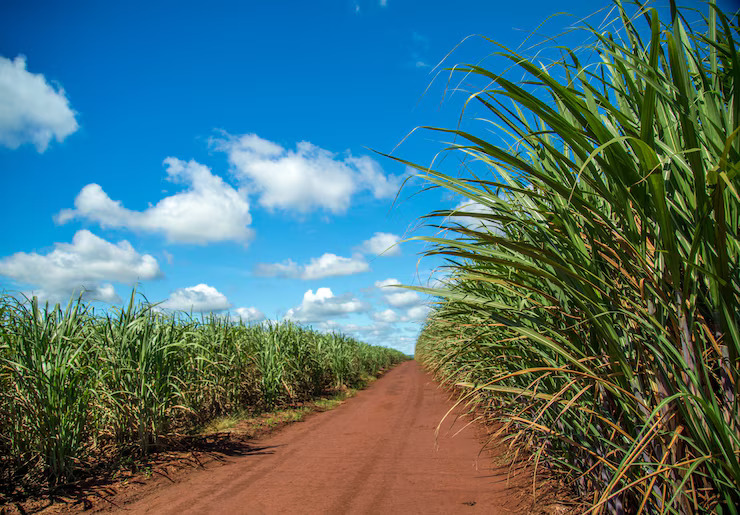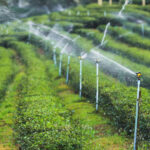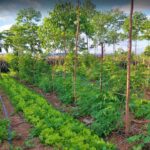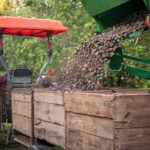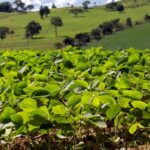Sugarcane is a high-demand crop when it comes to nutrients, requiring a balanced supply of essential elements throughout its growing cycle. From planting to harvesting, sugarcane goes through various growth stages, each with specific nutrient requirements. Nitrogen, phosphorus, and potassium form the foundation of sugarcane nutrition, while secondary nutrients like calcium, magnesium, and sulfur, along with micronutrients such as zinc, iron, and boron, play supportive but crucial roles.
To ensure healthy growth and high sugar yield, farmers need to use the right fertilizers in the right amounts. Compound NPK fertilizers such as 20-10-10 or 17-17-17 are excellent at the early stages of growth, helping to establish strong roots and initial foliage. These are best applied during or shortly after planting, at rates of around 200–300 kg per hectare depending on soil fertility.
Urea, with its high nitrogen content (46%), is widely used to promote vigorous tillering and biomass accumulation. It should be applied in split doses, typically starting 30–45 days after planting, with follow-up applications during mid-growth and elongation. For phosphorus, options like Single Superphosphate (SSP) or Diammonium Phosphate (DAP) are effective. DAP also adds nitrogen, making it suitable for early growth. SSP can be applied at 150–200 kg/ha and DAP at 100–150 kg/ha based on soil test results.
Potassium is essential for sugar content and plant resilience. Muriate of Potash (MOP) is a preferred source, usually applied around 90–120 days after planting at a rate of 150–200 kg/ha. Alongside chemical fertilizers, incorporating organic options like compost or farmyard manure improves soil health, structure, and water retention. Applying 10–20 tons per hectare of organic matter before planting or as topdressing enhances long-term soil fertility.
Micronutrient deficiencies, though less obvious, can hinder crop performance. Foliar sprays or soil-applied micronutrient blends help correct imbalances in zinc, iron, and boron levels. These should be used based on visual symptoms or laboratory test results, generally at 10–15 kg/ha.
To make the most of your fertilizer program, it’s vital to conduct regular soil testing, apply nutrients in split doses to minimize losses, and monitor crop performance closely. In irrigated systems, fertigation can deliver nutrients more precisely and efficiently. Additionally, retaining crop residues through mulching helps conserve moisture and return nutrients to the soil.
With the right fertilization approach tailored to your soil and climate, you can significantly enhance sugarcane yield, improve sugar content, and ensure the long-term sustainability of your farm. Proper nutrient management not only maximizes productivity but also contributes to better soil health and environmental balance.

